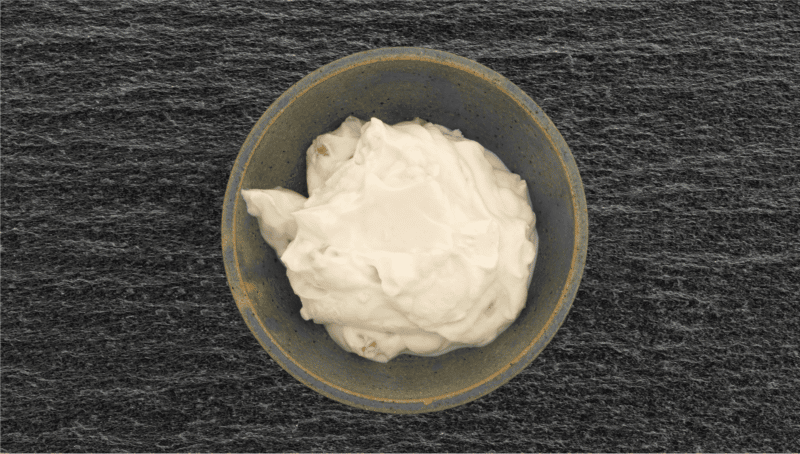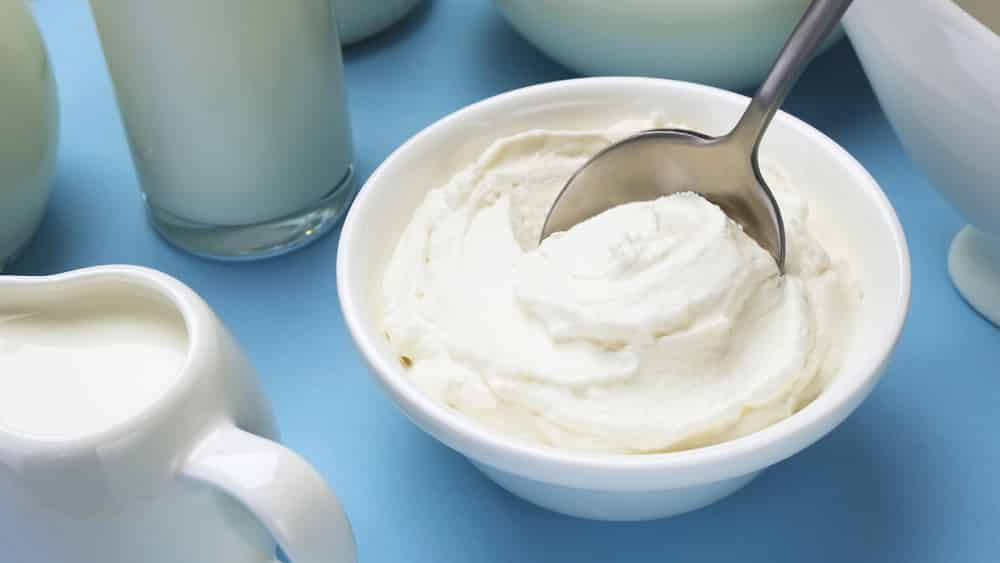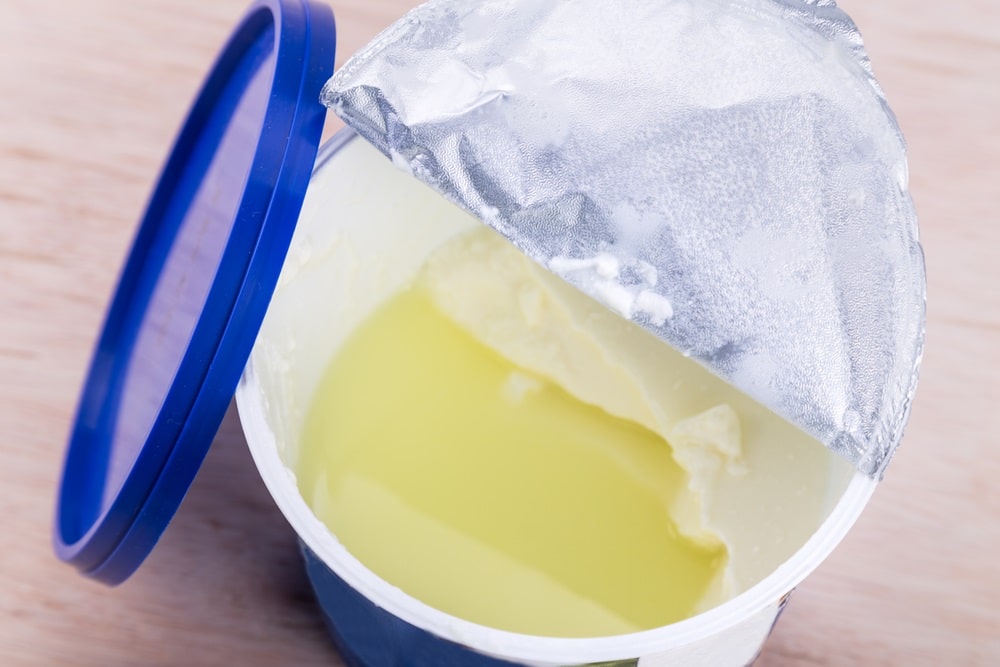
Greek yogurt has recently become popular, especially among people who have started following an active lifestyle and want to control their calorie consumption without suffering hunger pains.
It’s also great for those following a keto diet because of its good amounts of protein.
However, if you are new to eating Greek yogurt, we are sure you have a lot of questions on your mind, including the thick, chunky texture of Greek yogurt.
So, if you don’t know if chunky Greek yogurt is safe to consume or not, we are here to share some details!
What is Greek yogurt?
First off, you may be wondering what Greek yogurt is and what sets it apart from regular yogurt.
Both are fermented dairy products. Starter cultures of bacteria are used to convert milk sugars into lactic acid. (This is what gives yogurt its slightly sour taste.)
Greek yogurt is made by straining the whey (liquid part) off regular yogurt, resulting in a thicker, more sour product. Because it uses more milk to make, Greek yogurt is usually more expensive than regular yogurt.
Is Greek Yogurt Supposed to Be Chunky?
While stirring your Greek yogurt, there is a high chance that you will feel a slight resistance whenever you press the spoon through the yogurt tub.
This thickened, chunky texture is usually because of curdling, even if there are no evident signs of curdling. Fresh Greek yogurt should have a creamy, smooth consistency.
Curdling and subsequent chunkiness occur when the yogurt has been on the shelf for a while.
Most times, these chunks or tiny balls will occur around the edges and on the bottom of the Greek yogurt tub.
While Greek yogurt is supposed to be thicker and creamier than regular yogurt due to its lower water content, it shouldn’t really be chunky.
However, chunkiness doesn’t necessarily mean that the yogurt has spoiled and is not safe to eat. As long as it doesn’t have any of the signs below, give it a good stir and enjoy it.
1. Surface Liquid
Regular yogurt often develops a pool of surface liquid after standing in the fridge for a few days. This whey can simply be stirred back in before you eat it.
However, Greek yogurt has had all the whey removed by straining, so a pool of liquid on top isn’t a good sign. It shows that your yogurt has expired and should be thrown out.
2. Mold
Mold is an unmistakable and significant sign that your Greek yogurt is spoiled. Mold may be green, grey, black, or yellowish so if you see any sign of color on your yogurt, please do not eat it.
Yogurt that is safe to eat should be pure white.
3. Shelf Life
If your Greek yogurt has passed the sell-by date on the container and is chunky, it is probably off. The average shelf life of fresh Greek yogurt (in the fridge) is around two weeks.
However, the longer you store it, the sourer it will become due to continued fermentation.
It is best to buy a few smaller containers more often than one large container that may become contaminated or go past its sell-by date.
If you find yourself with too much yogurt that has gone chunky and is about to expire, use it for baking. We have included a muffin recipe at the bottom of the article for your enjoyment.
Using Chunky Greek Yogurt
We have already mentioned that chunks in Greek yogurt are caused by curdling, and they are fine to eat as long as there are no other signs of the yogurt being off.
Here are some ways of using curdled Greek yogurt:
- You can use it to make a dip by replacing the sour cream and mixing in some herbs and spices
- It can be used as a dressing base for salads, especially chicken salads. Simply blend it with some grated lemon rind, grated onion, lemon juice, salt and pepper.
- Curdled Greek yogurt is suitable for adding flavor to tacos. Spoon it on instead of using sour cream.
- Use it in baking instead of milk. The acidity in the yogurt will help the rising agents to work better.
- To summarize, there is no problem if your Greek yogurt has chunks in it as long as it doesn’t have any of the above-mentioned signs of spoiling.
Bonus Recipe – Pear and Ginger Muffins Using Greek Yogurt
Ingredients:
- 1 ¾ cups cake flour
- 1 cup light brown sugar
- 2 teaspoons baking powder
- Pinch of salt
- 1 tablespoon finely grated fresh ginger
- 2/3 cup chunky Greek yogurt
- ½ cup cooking oil
- 1 tablespoon runny honey
- 2 eggs
- 1 ½ cups peeled, ripe, chopped pears
Instructions:
- Preheat your oven to 350˚F or 180˚C.
- Spray or oil 12 muffin pans.
- Using a large bowl, put in the flour, sugar, baking powder, and salt.
- Mix together well.
- In a smaller bowl, put the ginger, yogurt, cooking oil, honey, and eggs.
- Beat together well.
- Add this to the dry ingredients along with the pears.
- Mix until everything is just blended. Remember not to overmix the batter or your muffins will turn out tough.
- Using a dessert spoon, divide the batter evenly among the muffin pans.
- Bake the muffins for about 20 minutes until they have risen, are golden, and have cooked through (use a toothpick to test).Rem
- ove the muffins from the oven and allow them to cool in the pans for about 5 minutes.
- Remove the muffins from the pans and leave them to cool completely on a wire rack.
- Store in an airtight container for up to two days.
Makes 12 muffins.



